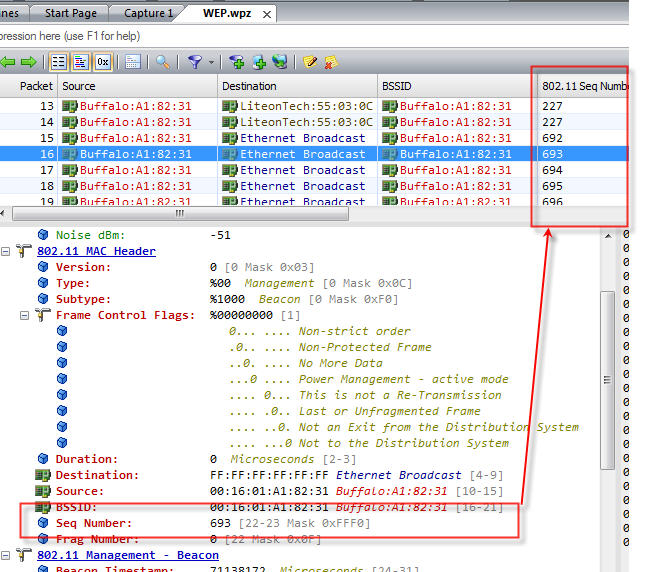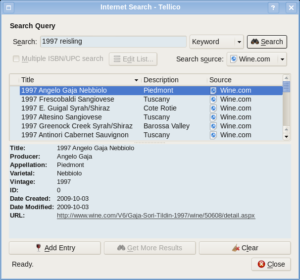

Tuning into cues like speed, latency, uptime, endpoint usage frequency and more can provide you with important indicators to respond to application issues and improve the platform over time. In the digital ecosystem where availability and performance need to stay optimal at all times, you cannot understate the importance of API monitoring. The app developer can then optimize the user interface as per user preferences and also ensure the user interface is optimized for multiple functionalities in different ways. API Monitoring can help identify these unconventional navigation paths. The truth is that users often find unique ways to navigate the website that can be surprising and difficult to predict. The app and the application interface are particularly designed for user interaction in a certain way which mostly is based on assumptions. Predict user behavior – When businesses design apps or websites, they wonder how the users will navigate the website or the application. This will ensure the downtime or slow loading times do not become a widespread issue and don’t lead to a reduction in website traffic. API monitoring can pick downtime and detect slow loading times (from the data gathered by API) and help developers take immediate actions to resolve issues. Prevent reduction in traffic – Slow loading times can impact user experience prompting users to leave your website. With API monitoring, you can detect a change in patterns of performance of the application or website and catch problems before they bring the whole system down. When APIs fail and mar the user experience, customers are more likely to switch to other brands, and that is bound to affect revenue generation in the near future.Ĭatch Problems Early – When a user starts experiencing a problem with an app or website, it is mainly due to some issue developing with the APIs.


Also, API and its performance is totally your responsibility. When it comes to availability and performance, API monitoring is something you cannot choose to ignore especially because you depend on it and so do the others who are using your application or its modules.Why businesses choose to monitor their APIs? The connectivity and interdependencies create vulnerabilities for application programming interfaces. It will affect all users and systems connected to the API.

If you manage an API that internal and external users rely on, its failure won’t only impact you. APIs (application programming interfaces) are magnificent things as they connect services and allow us to transfer data back and forth between managed systems. Posted February 24th, 2020 in Monitoring.Īn API allows two systems to communicate with each other.


 0 kommentar(er)
0 kommentar(er)
